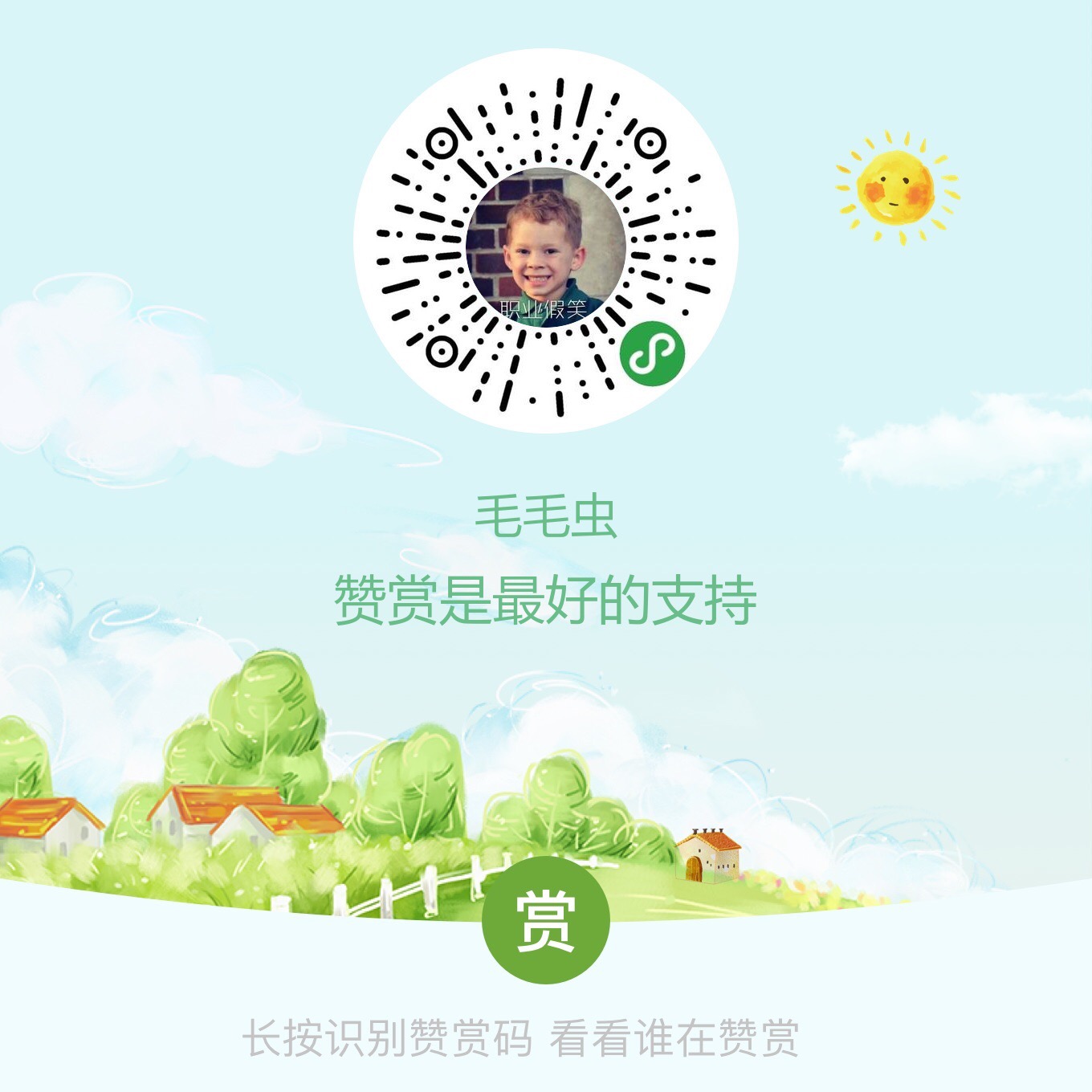Go语言的官方package里面提供了"container/heap",在该package里面定义了Heap(堆)这一数据结构的使用接口。只要自定义的数据类型实现了标准接口,可以很方便的对自定义的数据类型在堆中进行排序了。
堆结构的接口为:
type Interface interface { sort.Interface Push(x interface{}) // add x as element Len() Pop() interface{} // remove and return element Len() - 1. }
同时sort.Interface接口为:
type Interface interface { // Len is the number of elements in the collection. Len() int // Less reports whether the element with // index i should sort before the element with index j. Less(i, j int) bool // Swap swaps the elements with indexes i and j. Swap(i, j int) }
因此为了使用自定义的堆结构,需要定义5个接口函数。
在实践中期望构造一个使用堆排序的定时器队列,能够按照堆顶的元素快速获得最近的任务触发时间:
type element struct { TaskId string Expire time.Time ... } type eleHeap []*element
构造自定义的堆结构接口:
func (h eleHeap) Len() int { return len(h) } func (h eleHeap) Less(i, j int) bool { return h[i].Expire.Before(h[j].Expire) } func (h eleHeap) Swap(i, j int) { h[i], h[j] = h[j], h[i] } func (h *eleHeap) Push(x interface{}) { // Push and Pop use pointer receivers because they modify the slice's length, // not just its contents. *h = append(*h, x.(*element)) } func (h *eleHeap) Pop() interface{} { old := *h n := len(old) x := old[n-1] // 为什么Pop是取slice最末元素? *h = old[0 : n-1] // 难道Golang的堆不是最小堆吗? return x }
在此之后就可以使用Heap的公共函数来对自定义的堆结构进行Pop和Push操作了。
to := time.NewTimer(WaitInterval) hp := &eleHeap{} // 定义变量 heap.Init(hp) // 堆结构初始化 for { select { case ele := <-TaskChan: heap.Push(hp, ele) // 入堆 to.Reset(0) case <-to.C: for hp.Len() != 0 { ele, ok := heap.Pop(hp).(*element) // 出堆 if ok { if time.Now().Before(ele.Expire) { heap.Push(hp, ele) // 时辰未到,再次入堆 to.Reset(ele.Expire.Sub(now)) break } // time expired, do task ... } } } } }
在使用堆的过程中,对于为何在自定义的Pop过程中,取出的是队列中最末元素有些不解。自定义的Push过程也是将元素放在最末,那么Pop过程理所应当从队列头部取出经过上浮、下沉操作后堆中最小(大)的元素。经过查看"container/heap"的源码,终于揭开了这一谜题。
首先看一下堆的上浮、下沉操作:
func up(h Interface, j int) { for { i := (j - 1) / 2 // parent if i == j || !h.Less(j, i) { break } // 在上浮过程中,从较大的节点j开始,与其父节点进行比较 // 若不小于其父节点,则与其父节点进行交换 h.Swap(i, j) j = i } } func down(h Interface, i0, n int) bool { i := i0 for { j1 := 2*i + 1 if j1 >= n || j1 < 0 { // j1 < 0 after int overflow break } j := j1 // left child if j2 := j1 + 1; j2 < n && !h.Less(j1, j2) { j = j2 // = 2*i + 2 // right child } if !h.Less(j, i) { break } // 在下沉过程中,从较小的i0节点开始,与其两个子节点进行比较 // 若小于其中一个子节点,则与较小的子节点进行交换 h.Swap(i, j) i = j } return i > i0 }
上浮和下沉过程还是十分标准的,再看一下Push和Pop过程:
func Push(h Interface, x interface{}) { h.Push(x) // 使用自定义的Push接口,将元素放入队列尾部 up(h, h.Len()-1) // 将新放入的元素进行上浮操作 } func Pop(h Interface) interface{} { n := h.Len() - 1 h.Swap(0, n) // 交换队列中头和尾元素 down(h, 0, n) // 将原队列的尾元素在h.Len() - 1的新队列中进行下沉 return h.Pop() // 弹出交换后的尾元素 }
由此可见,对于自定义Pop函数理解的错误还是因为自身对于堆结构的思维定势导致的。 如果Heap.Pop过程中,先获得头元素的值,再将尾元素放入队列头进行下沉,则自定义的Pop才是返回队列头元素。
真相只有一个~

